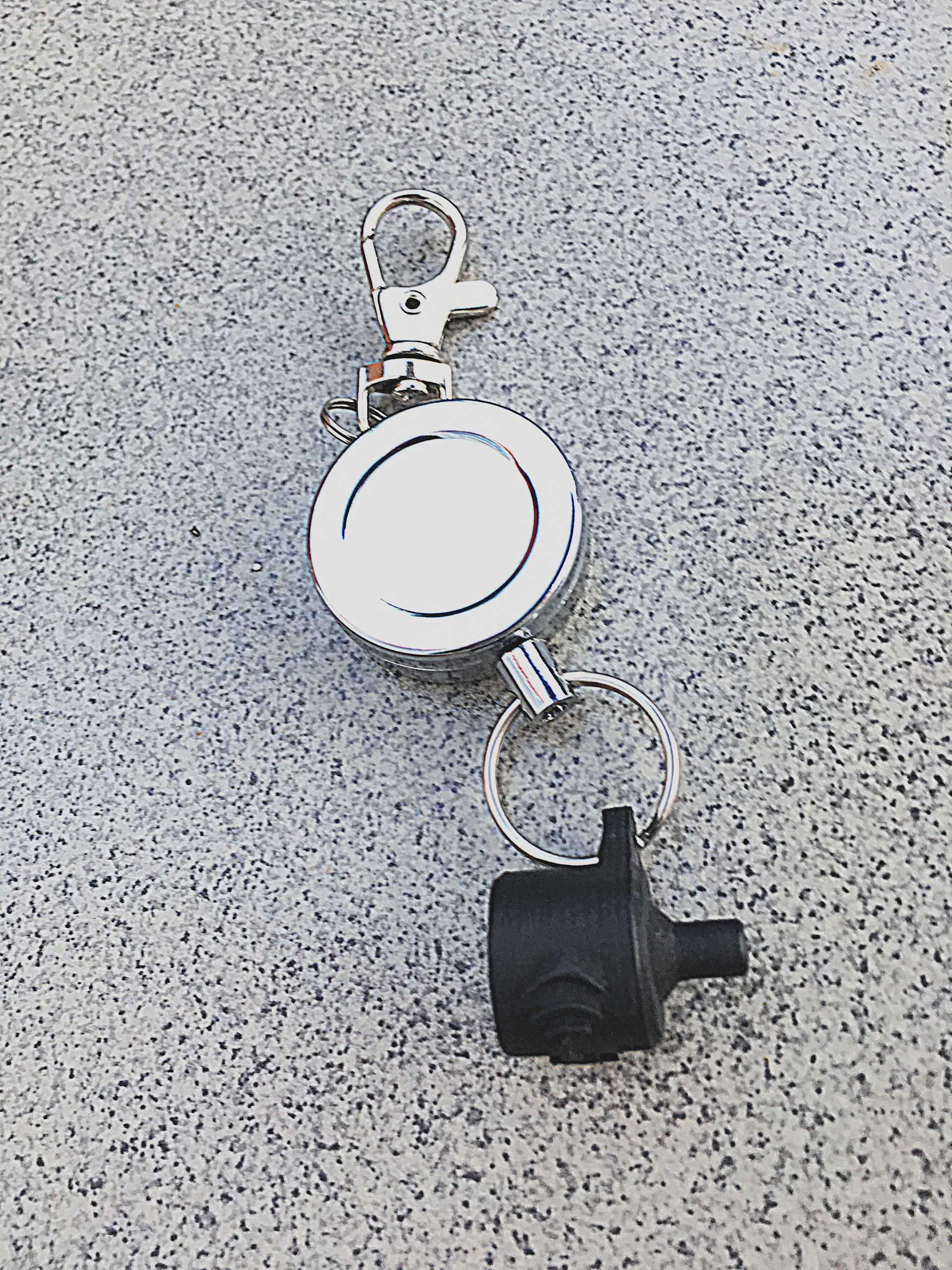
Case Studies
DJI Inspire 2 and Zenmuse X7 camera were a dream team for National Geographic Jordan documentary
Drone pilot Olly Sugars used the DJI Inspire 2 and Zenmuse X7 for a National Geographic documentary in Jordan. He described them as a powerful combination. ... Read More


TURNING TO HELIGUY FOR THE DJI INSPIRE 2 WITH DJI ZENMUSE X7 CAMERA - AND A LITTLE SOMETHING EXTRA

FIRST STOP - WADI RUM

CAPTURING FOOTAGE AT THE WORLD FAMOUS PETRA

SHOOTING AT THE DEAD SEA

REFLECTING ON THE DJI INSPIRE 2 WITH DJI ZENMUSE X7 CAMERA

